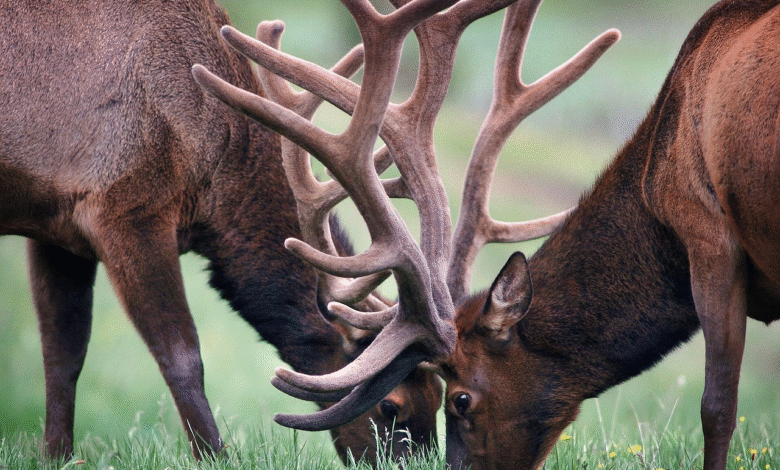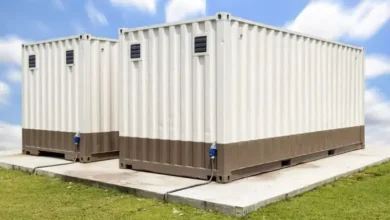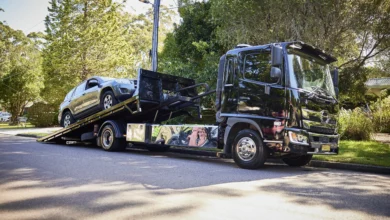Top Tips for Hunting Elk & Mule Deer in Colorado

For outdoor enthusiasts, there’s nothing quite like hunting elk mule deer in Colorado: the crisp mountain air, golden aspen groves, and the echoing bugles of elk at sunrise. With its vast public lands and thriving wildlife populations, Colorado stands as one of North America’s premier destinations for big game hunting.
Whether you’re a seasoned hunter or planning your first western adventure, knowing how to prepare, where to go, and what to expect can make the difference between a successful hunt and a missed opportunity.
Why Is Colorado a Hunter’s Paradise ?
Colorado boasts more elk than any other U.S. state with an estimated 280,000 elk roaming its forests and mountains. Add to that a healthy mule deer population across the plains, foothills, and alpine basins, and you’ve got a hunter’s dream destination.
The state’s combination of rugged terrain, diverse habitats, and accessible public lands makes it ideal for both guided and DIY hunts. Organizations like Global Hunting Solutions help hunters plan efficient, customized trips that align with their goals and experience levels.
From the San Juan Mountains in the south to the Flat Tops Wilderness in the north, Colorado’s vast landscapes provide something for every kind of hunter.
1. Know the Seasons and Licenses
The first step in any successful hunt is preparation and that starts with understanding the state’s regulations.
- Elk Season: Archery typically runs from late August to late September, followed by muzzleloader and rifle seasons stretching through November.
- Mule Deer Season: Rifle hunts for mule deer generally take place from late October to mid-November, depending on your tag and unit.
Colorado Parks and Wildlife (CPW) operates on a lottery draw system for most licenses, so early applications usually open in March and close in early April each year. Leftover tags are sometimes available, but the best areas fill fast.
Tip: Use CPW’s Hunt Planner Tool to compare success rates, terrain types, and draw odds.
2. Choose the Right Hunting Unit
Colorado is divided into more than 180 Game Management Units (GMUs) each offering unique terrain and animal density.
- Units in Northwest Colorado (e.g., GMU 11, 211, 301): Known for high elk densities and easier access.
- Southwest Colorado (e.g., GMU 70, 71, 74): Offers rugged backcountry with fewer hunters but requires more stamina.
- Eastern Plains (e.g., GMU 104, 107): Prime mule deer territory, especially for late-season hunts.
If you’re new to western terrain, consider working with an experienced guide. Companies like Global Hunting Solutions can connect hunters with reputable outfitters who know local migration routes, feeding areas, and seasonal patterns.
3. Gear Up for the Terrain
Colorado’s hunting landscapes range from dense forests to high-altitude meadows often between 7,000 and 11,000 feet in elevation. Proper preparation can make or break your hunt.
Essential gear checklist:
- High-quality optics (8×42 binoculars or spotting scope)
- Lightweight, layered clothing for changing temperatures
- Waterproof boots with solid ankle support
- GPS or offline map app (OnX Hunt is a favorite)
- A sturdy backpack with hydration system
Because the air thins at high elevations, spend a few days acclimating before your hunt begins. Hydrate constantly and pace yourself to avoid altitude sickness.
4. Understand Animal Behavior
Elk and mule deer behave differently and recognizing those differences helps improve your chances of success.
- Elk: During the rut (September), bulls are highly vocal. Learning to bugle and cow call can help you locate and attract them. Elk prefer steep, timbered ridges and will move to higher elevations early in the season.
- Mule Deer: These animals rely heavily on sight and scent. Spot-and-stalk methods work best, especially in open terrain. Look for bedding areas near water sources or high ridgelines during early morning and late evening.
Using trail cameras before the season or working with a local guide can reveal patterns that aren’t obvious on maps.
5. Consider Alternative Hunting Experiences
While Colorado’s elk and mule deer hunts are legendary, hunters today are expanding their horizons through helicopter hunts and international adventures like hunts in Botswana.
Helicopter hunts offer a thrilling, high-adrenaline experience typically used for feral hogs or management operations and give hunters a new way to test their skills. Meanwhile, Botswana’s vast wilderness offers big game like Cape buffalo and kudu, showing how hunting traditions connect across continents.
For those seeking a balance between domestic and international hunts, Global Hunting Solutions provides expert planning for both ensuring every experience is ethical, legal, and unforgettable.
6. Scout Early and Often
Scouting is one of the most overlooked yet critical parts of the hunt. Ideally, you’ll want to visit your hunting unit at least once before the season opens. If that’s not possible, use digital tools to simulate the experience.
Apps like Google Earth and OnX Hunt allow you to:
- Identify game trails, water sources, and glassing points
- Mark potential camping areas
- Track elevation gain and access routes
If you’re hunting public land, pay attention to private property boundaries trespassing laws are strict in Colorado.
7. Respect the Land and Wildlife
Successful hunting isn’t just about the harvest, it’s about stewardship. Colorado’s wildlife thrives because of responsible management and hunter-funded conservation efforts.
Follow Leave No Trace principles:
- Pack out all trash and shell casings
- Avoid damaging vegetation or creating new trails
- Respect other hunters and outdoor users
Ethical hunting ensures that elk and mule deer populations remain healthy for future generations.
8. Know When to Move and When to Wait
Sometimes patience is your greatest weapon. In pressured areas, elk and mule deer often shift their patterns midday. Instead of hiking non-stop, take time to glass from high points and listen for movement.
Many hunters make the mistake of over-hunting a single area. If you’ve seen no fresh sign in 24 hours, move locations. Mobility is key to adapting to animal movements, weather, and hunting pressure.
A Final Takeaway
Colorado offers one of the most thrilling hunting experiences in North America. From early-morning glassing sessions to the adrenaline rush of spotting antlers through the timber, few adventures compare.
But the key to success isn’t luck, it’s preparation, knowledge, and respect for the land. With smart planning, quality gear, and the right mindset, your next trip for elk or mule deer could be your most rewarding yet.For hunters ready to elevate their next adventure, Global Hunting Solutions provides the expertise, connections, and guidance to turn a good hunt into an extraordinary one.




